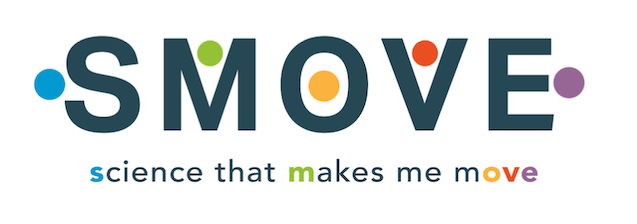The dangerous life of the couch potato: People who spend too long sitting are at higher risk of obesity, diabetes, and heart disease. In the citizen science project SMOVE, the ORION partner MDC is joining forces with schoolchildren to research the relationship between environmental influences and sedentary behavior.
How actively do children and teens spend their free time? What factors influence their activity levels? A research team from the Max Delbrück Center for Molecular Medicine (MDC) is going into schools in search of answers. The project “SMOVE – Science that makes me move” is led by Professor Tobias Pischon and involves the participation of almost 300 schoolchildren from Berlin and Brandenburg. This study is part of the Citizen Science projects financed by the ORION project, which enables teachers and students to play an active part in scientific research.
The practical phase of the study started on September 24 at the MDC with a training session on epidemiological research. Here, scientists explained the research area and the project to participating teachers. As soon as the school authorities have granted approval, the first classes will begin their research work. All information about participants gained during the practical phase will be anonymized and passed on to the MDC to be used in the scientists’ further research.
“The project involves three phases,” explains SMOVE project leader Dr. Katharina Nimptsch. “We will start by discussing in class which factors may promote frequent sitting and will develop a questionnaire from these discussions.” Nimptsch works at the MDC in Professor Tobias Pischon’s research group on Molecular Epidemiology. This branch of research looks at how individual lifestyles or other environmental influences can be a risk factor for disease. In the second phase, the young people will wear a motion sensor for one week to record their own levels of activity. All factors that could influence these activity levels are identified by the questionnaire, which will be developed further by the students. “We hope that working together with the students will give us a different perspective on the problem,” says Nimptsch. The results will then be discussed and interpreted together in class.
Read the full article by Christina Anders on the Max-Delbrück-Center for Molecular Medicine, MDC website. Find out more about the SMOVE project activities and get in touch with the project leader Dr Katharina Nimptsch by contacting the SMOVE team at MDC.
